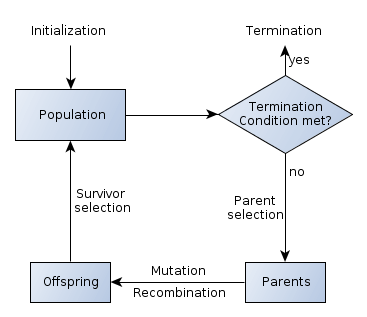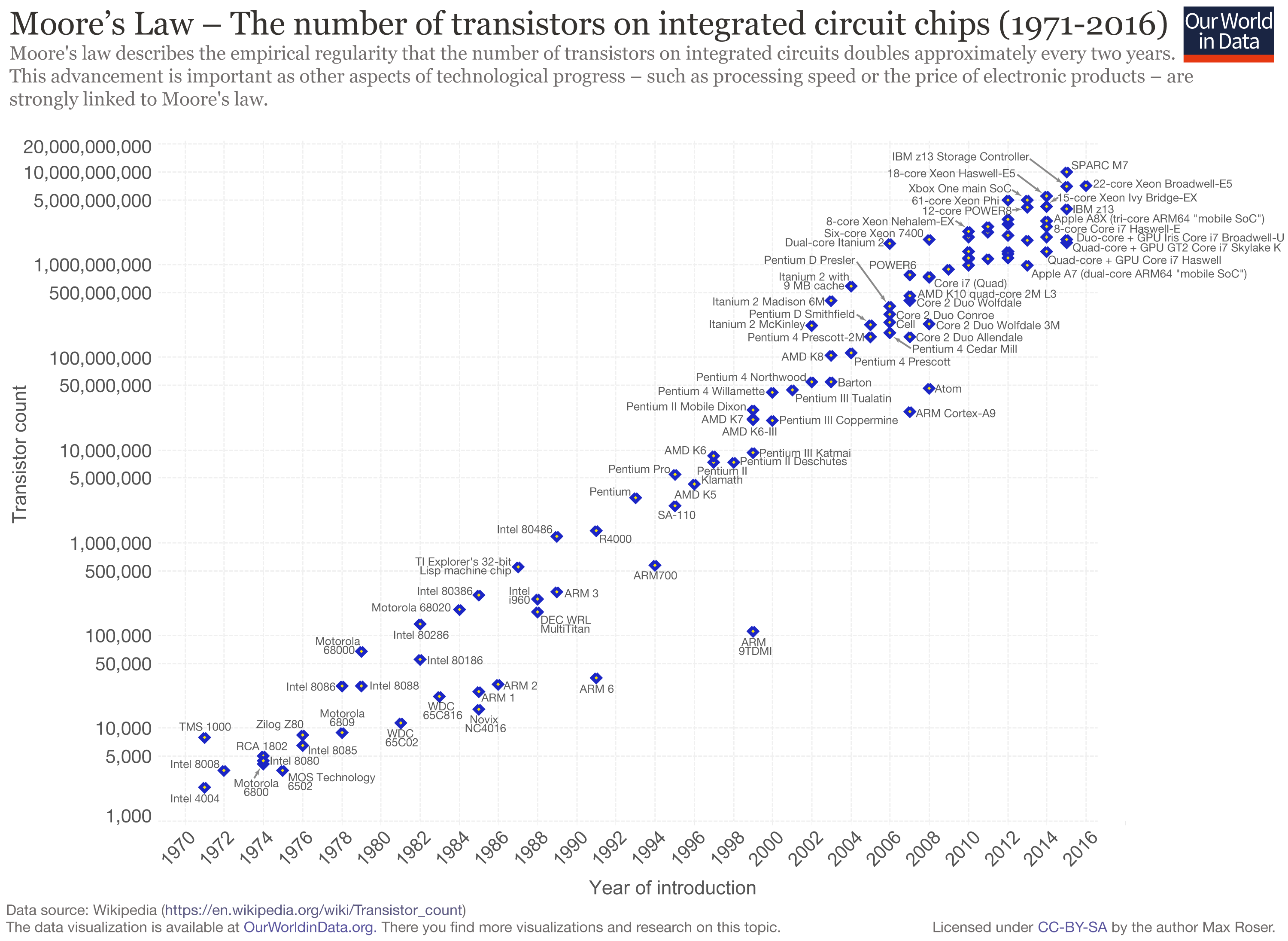Evolutionary algorithms (EA) are becoming increasingly relevant in today’s world as AI-backed solutions are becoming more widely used in industries like digital marketing, finance, and healthcare. But what exactly are evolutionary algorithms and how are they different from other forms of AI? This article will provide a break down of evolutionary of algorithms for those of you who do not have a degree in computer science or mathematics.
What are evolutionary algorithms?
Evolutionary algorithms are inspired by biological evolution, and use mechanisms that imitate the evolutionary concepts of reproduction, mutation, recombination and selection. But how do these solutions differ from a typical implementation of artificial intelligence (AI)?
To a digital marketer, EA are used to implement multivariate testing, conversion rate optimization on both mobile and desktop platforms, as well as a myriad of other applications that assist businesses.
Where are Evolutionary Algorithms used?
More generally, EA are used in a wide variety of applications such as image processing, vehicle routing, mobile communications optimization, software engineering, and even training artificial neural networks (ANN). These tools underlie many of the apps and websites people use daily, including Google Maps and even games like The Sims. Moreover, the medical field uses EA to aid in clinical decisions regarding cancer treatment. In fact, EA are so robust that they can be used to solve almost any optimization problem.

Moore's Law
The increasing prevalence of EA is due to two primary factors: the growing amount computing power available and the accumulation of large sets of data. The first factor can be described by Moore’s Law, which essentially says that the amount of processing power of a computer doubles approximately every two years. This prediction has held for decades. The second factor is due to our increasing dependence of technology, which has allowed institutions to compile an unfathomably large amount of data that allows them analyze trends and optimize products.
Deep Learning vs. Evolutionary Algorithms
With the current emphasis on Deep Learning AI, Evolutionary Algorithms are neither well-known nor well-understood by the vast majority of digital marketers. This lack of public knowledge tends to cause people to conflate Deep Learning and Evolutionary Algorithms. In reality, the two AI paradigms are fundamentally different. Whereas Deep Learning paradigms employ linear algebraic representations of neural networks, the architecture of an Evolutionary Algorithm is inspired by natural selection.
How Do Evolutionary Algorithms Work?
There are many variants of Evolutionary Algorithms, and in our case we will focus on the more general approach of these algorithms. The common underlying idea that unifies these approaches is the same. Suppose you have a problem you wish to find the solution for, and suppose this solution is not apparent. Or perhaps you have a solution, but you are unsure if this solution is the most optimal solution to your problem. This is precisely the kind of situation that Evolutionary Algorithms are meant to address.
Fitness Function
The first step is to generate a population with random possible solutions to the given problem. To keep the analogy consistent, think of each solution as a member of an animal species. Each of these solutions is evaluated by a fitness function to determine how well they can solve the problem. The fitness function here corresponds to an organism’s ability to adapt to their environment. In some sense, this fitness function operates as the environmental pressures that an organism encounters. From this population of candidate solutions, a small subset (typically 5%) are selected by this fitness function to become “parents.” There is a caveat, however. This selection is probabilistic, so the 5% of selected solutions may not consist entirely of the best solutions. Worse solutions have a smaller, but positive, probability of being selected than the solutions that the fitness function deems more fit. This mirrors natural selection in the real world: sometimes those who do not have the best traits survive despite the odds. Sometimes the most fit animals are unable to reproduce before dying. The reason for this probabilistic choice is to avoid making the algorithm “too greedy,” which may cause the whole search to get stuck in a narrow subset of solutions to the general problem.
 A typical Evolutionary Algorithm has a search space of tens of thousands of solutions assessed along multiple dimensions of fitness.
A typical Evolutionary Algorithm has a search space of tens of thousands of solutions assessed along multiple dimensions of fitness.
At this point, we have selected 5% of solutions from the current set of solutions. As evolution does with animals that cannot adapt, so will we delete the remaining 95% of possible solutions. The next step is to “mate” these chosen solutions to generate a whole new set of possible solutions that ideally consists of possible solutions that are better than the first set of possible solutions.
Mutation and Variation
There are many ways for solutions to reproduce, and reproduction depends entirely on what kind of solutions you have and what kind of problem you wish to solve. The mating function employs what is called a “variation operator,” which applies a mutation to the resulting child solution. It’s easy to see how this process parallels real world mutation during reproduction. This variation operator allows the next batch of solutions to “mutate” new features that may be better than the features of the previous generation of solutions.
The next step incorporates a process known as survivor selection. This mechanism distinguishes among individual solutions based on their quality and selects the top 5% of the solutions in this generation in a probabilistic manner. Survivor selection will iterate over many generations of solution offspring, until the algorithm reaches its termination condition. This condition depends on the problem you wish to solve, but it is often met when the optimal fitness level is met by a candidate solution in the offspring pool.

The initial pool of candidate solutions tend to perform poorly as they are randomly generated, but as the process of evolution selects the best candidates from each generation, each successive pool of candidate solutions is better than the previous pool. Evolutionary algorithms are powerful because they can find solutions to problems that were once thought to be intractable.
How Can Evolutionary Algorithms Help Marketers?
Now that you know the general strategy of these algorithms, how can you use EA to solve marketing problems? The market environment is rapidly changing and highly competitive. This has forced marketing managers to compete through better decision making. The increase in available computing power has led marketers to employing EA to solve decision making tasks.
Conversion Rate Optimization
As a digital marketer, one of your chief goals is to increase the conversion rate on your website. This problem boils down to optimizing the amount of users who do what you want them to do on your website. For example, if your company sells laptops, you ideally want to increase the number of website visitors who ultimately buy a product. This is the crux of conversion rate optimization. One surprisingly important aspect of conversion rate optimization (CRO) is optimizing the user interface of your website. If your website design is not user friendly, there is a subset of users who ultimately end up not purchasing your product for one reason or another. The goal then is to decrease the number of users who do not ultimately convert, which increases overall profit.
New vs. Old Testing Methods
Traditional methods of CRO are known as A/B (or A/B/n) testing. This method essentially boils down to a statistical analysis of which two website designs increase the conversion rate among users. The downfall of this method is that it is a slow process. By testing only two versions of your website at once, you can only make incremental changes over time. Multivariate testing is a different beast entirely. Evolv harnesses the power of evolutionary algorithms to evolve winning website designs, testing a multitude of website designs simultaneously. By testing multiple designs at the same time, the optimal website design not only wins out among the rest, but is chosen in far fewer iterations. This is important as the optimal user experience design evolves with society, and finding the right solution quickly has never been more important.
As a digital marketer in this age, there is a plethora of tools at your disposal for CRO. Evolutionary algorithms are seeing an increasingly important role in this toolset. Armed with an understanding of evolutionary algorithms, you can now begin to think creatively about how to apply EA to your problems and evolve your company.






